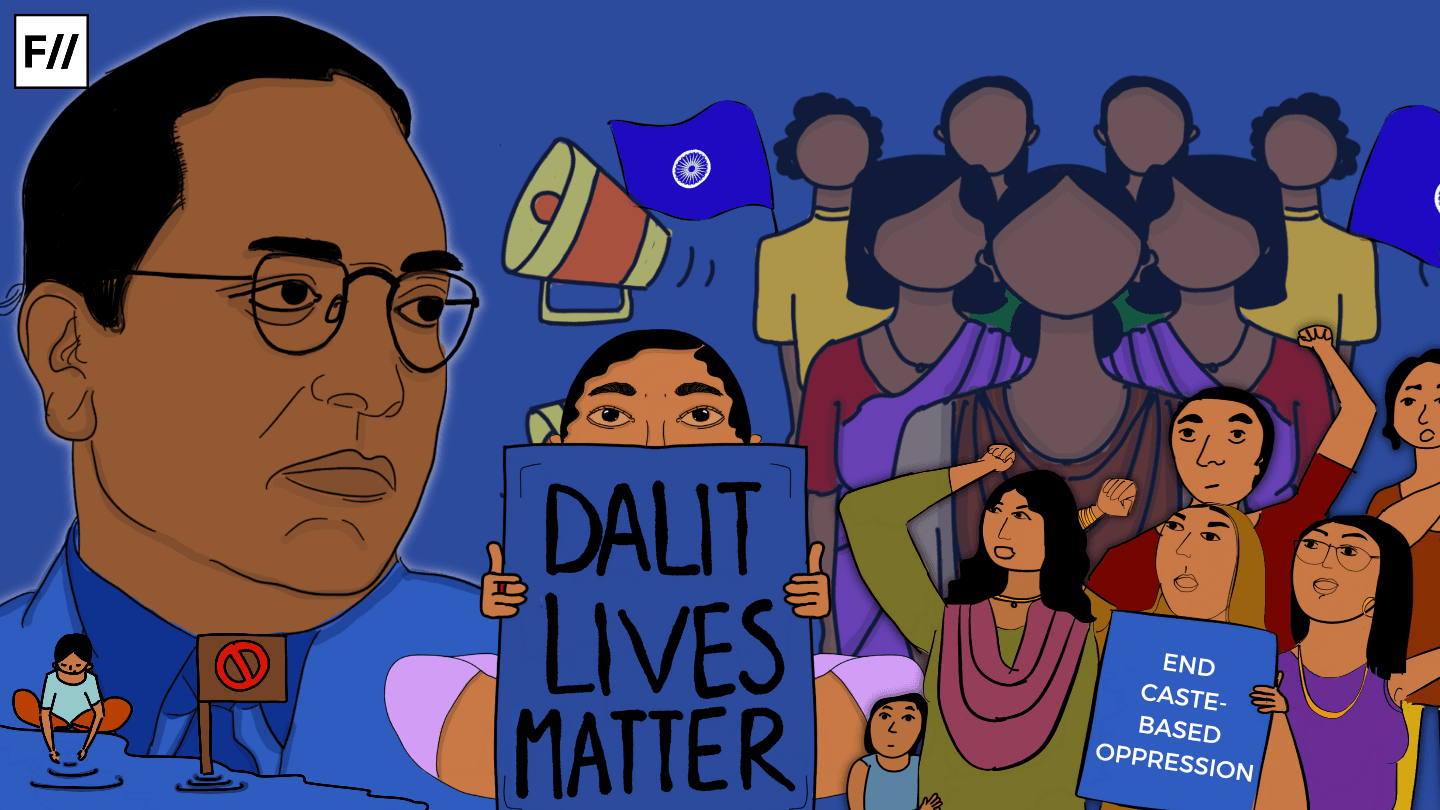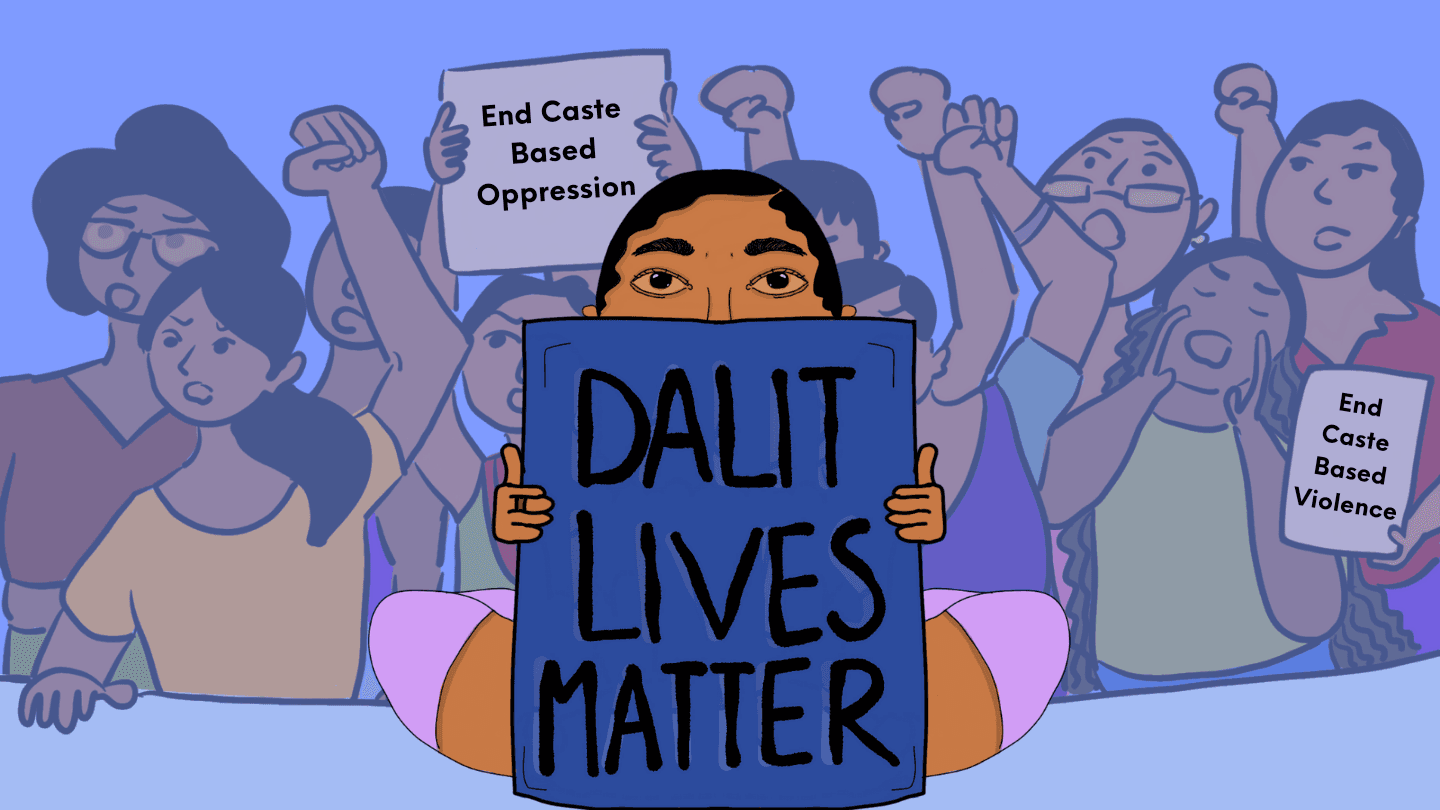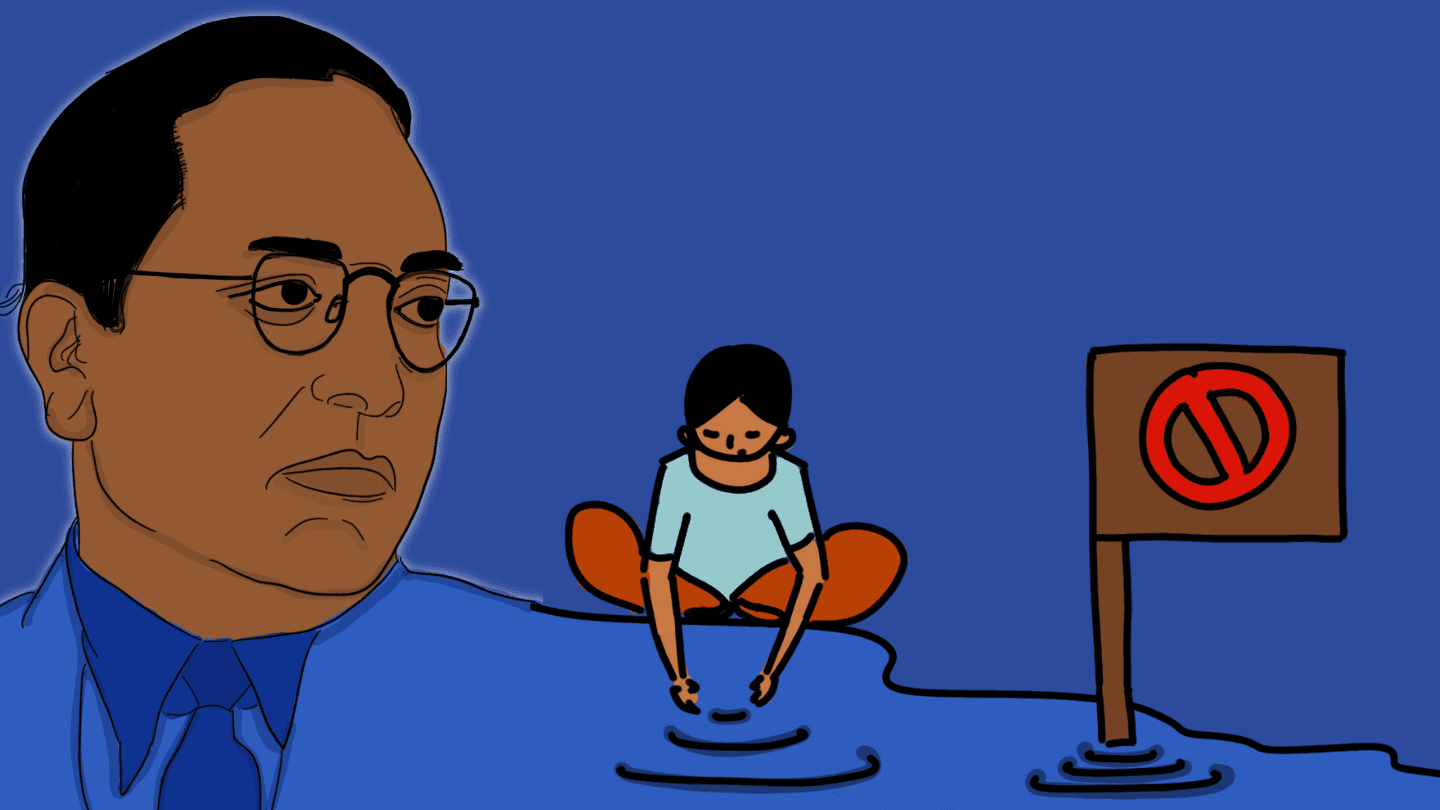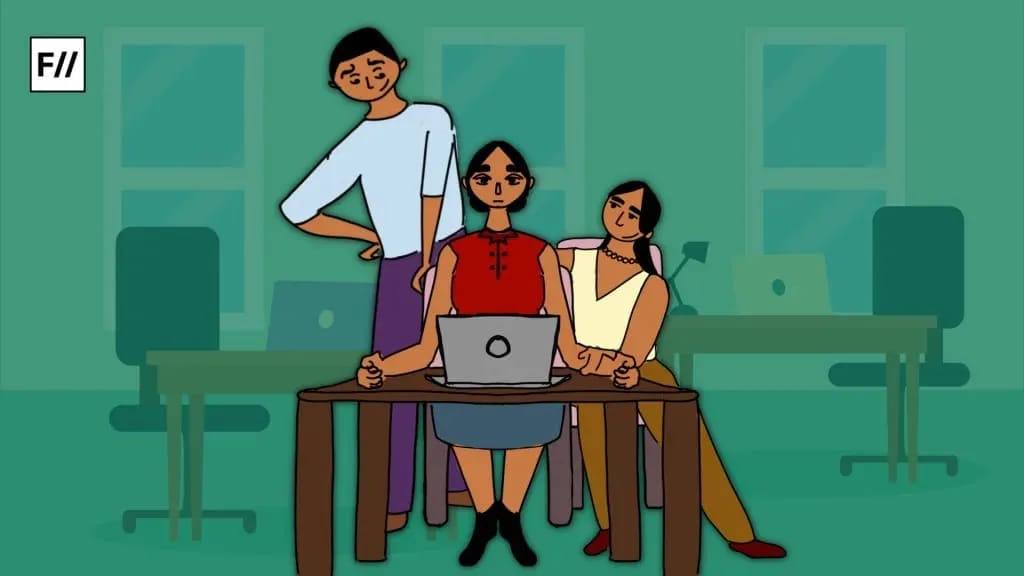In India, the caste census has taken on new weight, particularly in light of recent rulings by the Supreme Court regarding the division of SC (Scheduled Castes) and ST (Scheduled Tribes) populations into distinct groups. A caste census will give policymakers current and accurate data on the socioeconomic circumstances of these subgroups, giving them an essential means for enhancing the effectiveness of the distribution of resources. This development shows how vital it is to recognise India’s intricate caste system to put into effect substantial egalitarian reforms.
This development shows how vital it is to recognise India’s intricate caste system to put into effect substantial egalitarian reforms.
Firstly, it is imperative to understand the position of the castes and the significance of caste-based reservations through its objectives. The main purpose of the reservation policy is to compensate for the effects of history, to promote social and economic mobility, and to guarantee representation in democratic institutions by giving SC/ST/OBC communities a voice in governance by empowering them to shape decisions that impact their overall well-being.
The economic condition of SC/ST populations has significantly improved over the past few decades owing in major role to reservations. According to data, reservations have resulted in an upward trend in SC/ST employees, students, and political representatives. Additionally, they have made it possible for a politically powerful middle class of Dalits and Adivasis to emerge, which is crucial for promoting their rights.

Despite these advancements, it is still difficult to guarantee that the most marginalised SC/ST communities—particularly those living in rural and remote areas—benefit from reservations. The need for subclassification within SC/ST categories has been stoked by this concern.
Examining the case of sub-categorisation of caste
An overview of the sub-classification of SC/ST reservations refers to the categorisation of various subgroups within the Scheduled Castes (SCs) and Scheduled Tribes (STs) to ensure that the benefits of affirmative action are distributed evenly. The Court recognised that there is an uneven distribution of advantages because certain SC/ST groups have benefited more from reservations than others.
The Court reasoned that while people at the bottom of the socioeconomic pyramid continue to be deprived, reservations shouldn’t be dominated by the comparatively better-off sections within SC/ST communities. Thus, the ruling opens the door for state governments to offer more specialised privileges and divide SC/ST according to socioeconomic standards.
The under-represented communities are elated and other lots are suspicious vis-a-vis malicious intent of fragmentation. As much as the idea of even distribution is appreciable, the other unaddressed tensions require equal attention in this issue.
Prof. Sukhdeo Thorat emphasises the need for not only legal grounds but also academic grounds for the sub-classification; also, he insists the latter is weak in this regard. He adds that reservations for the untouchables should be viewed with a ‘social group focus‘ whilst economic backwardness needs an ‘individual focus‘. He further explains the communities that lag behind others in acquiring reservation benefits may not be solely because of discrimination by other sub-castes. The prospects like hindrances in education that led to a lack of proper income-earning and ownership of capital assets suffer the mobility of these sub-castes.
The prospects like hindrances in education that led to a lack of proper income-earning and ownership of capital assets suffer the mobility of these sub-castes.
Evidently, in the apex court ruling, the use of ‘numerical’ was not found. Besides, it has also been stated in the ruling that the castes that come under Schedule Castes are not ‘homogenous’ without any substantial data and statistics and left that work for the states to decide. The powers vested in the state to look into the calling for a commission also raise the concern that the state’s autonomy could result in uneven and arbitrary policies throughout different states.

Apart from these concerns, the privileged positions of the collegium deciding upon the representation of the marginalised also seem to be questionable. The monopoly of the upper castes in the legislature, judiciary and other nominated echelons of law-making and bureaucracy is undeniable. Adding to the list, it is better to not talk about the SC/ST/OBC representation in journalism, cinema and sports.
The disparities in the over and under-representation of the upper castes and the marginalised castes respectively are found to be contrary to their percentage of the population. It is important to understand this pattern of representation is not a recent phenomenon. Despite that fact, the judiciary has failed to weigh the situation and prioritised its stance on sub-classification rather than rectifying the over-representation.
EWS: uplift the uplifted
The nature of EWS (Economically Weaker Sections) reservation compliments this over-representation of socially privileged castes except for the economic drawback i.e., uplift the uplifted. But, the impoverished of SC/ST/OBC, as they fall under the vertical reservation category just as EWS, which is another vertical line that lies parallel to the former, fail to be considered economically backward and henceforth, they cannot claim EWS reservation; this means, a poor candidate from SC/ST/OBC background who does not claim caste-based reservation and competes from General category, cannot be eligible for EWS reservation. This scrutiny of the EWS reservation and the SC/ST sub-categorisation verdict outlines legal ramifications.
When the Government introduced EWS reservations, although there were methodological and economic criterion scruples in the Sinho Commission report, the court upheld EWS reservations in the PG NEET exam besides asking for the validity of the income criterion. A country that claims the revolutionary invention of the numerical ‘zero’, is currently unable to rely on numbers is a serious travesty.

The methodology that has been used by the commission has to be disclosed to identify the procedure of declaring 10% reservations for the population that has not undergone through census for more than a decade. This data becomes vital to evaluate the representation of the privileged castes of the total population, not to forget when the call for caste census is getting louder with every day passing.
For instance, the recent Bihar state caste census revealed that 63% population belong to OBC castes and only 19% of the population comprises the upper castes. In this data, the numbers for the poor upper caste population are not clear yet they are eligible to claim 10% EWS reservations. Ironically, 63% of OBCs of which 36% are extremely backward castes get only 27% of representation.
For instance, the recent Bihar state caste census revealed that 63% population belong to OBC castes and only 19% of the population comprises the upper castes.
The above prospect dilapidates the definition of social justice by providing biased opportunities of representation to the overly represented socially privileged communities. This scenario unveils the paramount necessity of a detailed caste census done nationwide to protect the notion of social justice.
Actual need of the hour
If learning history is about sensing the recurring of past events, then due attention must be given towards the centre’s indifference to caste census to read between the lines. This entire state of affairs can be studied parallel to the anti-Mandal agitation days to discern the circumstances that ushered to Ram Janmabhoomi movement. As India persists in addressing these concerns, the academic outlook provides a useful structure for understanding the complex aspects of affirmative action and its role in establishing a more equitable and inclusive community.
Rather than focusing solely on the constitutionally safeguarded guarantees of the marginalised communities, it is high time the machinery of democracy formulates laws for wealth redistribution by figuring out how they got access to that insurmountable amount to increase the transparency of the bourgeois.
The solution of even distribution of lands and resources for the marginalised communities through land reforms, filling up the reserved vacant positions with due diligence, extending reservations to the private sector and calling for a nationwide caste census are the needs of the hour before categorising SC/ST subcastes for the notion of social justice to prevail.
About the author(s)
PMK Rana is a resident of Hyderabad currently pursuing research in English literature at the University of Delhi. Research interests include Dalit Diasporic studies and Film Studies.





